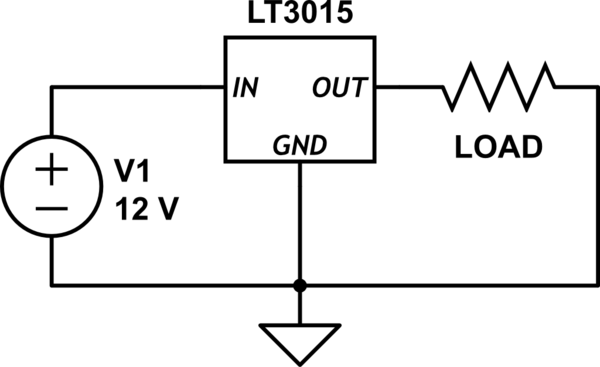I'm mainly having trouble with the wording in datasheets.
So I know diode protection can be useful in a situation where you're using a large capacitor at the output of a regulator and the fault case of the input shorting to ground occurs. The diode keeps the current from going through the regulator(correct?)
So when looking at regulator datasheet, if it's not explicitly stated that it has reverse current protection, does that usually mean I should use diode protection there?
The datasheet mentions it has protection against reverse output voltage and reverse input voltage. I'm not sure if those mean the same thing as having reverse current protection.
In addition to the normal protection features associated with monolithic regulators, such as current limiting and thermal limiting, the device protects itself against reverse input voltages and reverse output voltages.
But then I also see this:
A parasitic substrate diode exists between OUT and IN of the LT3015. Therefore, do not drive OUT more than 0.3V below IN during normal operation or during a fault condition.
I'm guessing that statement is enough to say that diode protection will be needed from output to input?
The datasheet in question would be the LT3015. http://cds.linear.com/docs/en/datasheet/3015fb.pdf



